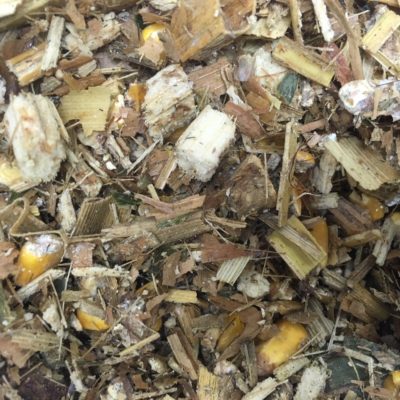With Halloween being over, you might start to wonder what happens to all the pumpkins left in the field that weren’t chosen to be carved into Jack o’ Lanterns or set out as a fall decoration.
As it turns out pumpkins are great to supplement a livestock diet! They are also cost-effective as they become a salvage commodity once the fall festivities are over. Pumpkins are high moisture so it is important that a good roughage such as poor quality hay or straw be fed at the same time. Pumpkins are very nutritious being high in crude protein and energy with crude protein typically ranging from 14-17 % on a dry basis and total digestible nutrients (TDN) being between 60-70% on a dry basis. pumpkins also contain high levels of vitamins A and E. Along with pumpkins, gourds are also a fall decorative vegetable that livestock might like to consume. Gourds are also high in crude protein content, up to 24.3% on a dry basis.
Adult pigs have no qualms when consuming pumpkins, they eagerly consume whole pumpkins with no further processing needed. Poultry species on the other hand have a difficult time getting past the rind and require some help by breaking up or smashing open the pumpkins. Ruminant species such as cattle, goats and sheep vary even by heard as to how they react to pumpkins as a part of their diet. Some herds my require training to show them that it is something good to eat, while other herds might just dig in and enjoy the fall treat. Beef cattle usually have an easier time grazing cull pumpkin fields after some freeze thaw cycles have made the pumpkin rind easier to penetrate.
Regardless of the species to be fed, Ward Laboratories, INC. is available for consultation and feed testing. Pumpkins are a seasonably available feed with high nutritional value and potential economic advantages.
0
You have 0 items in your cart




